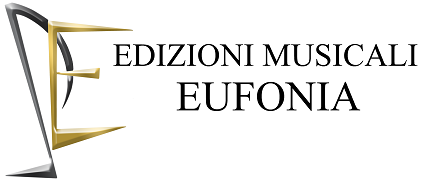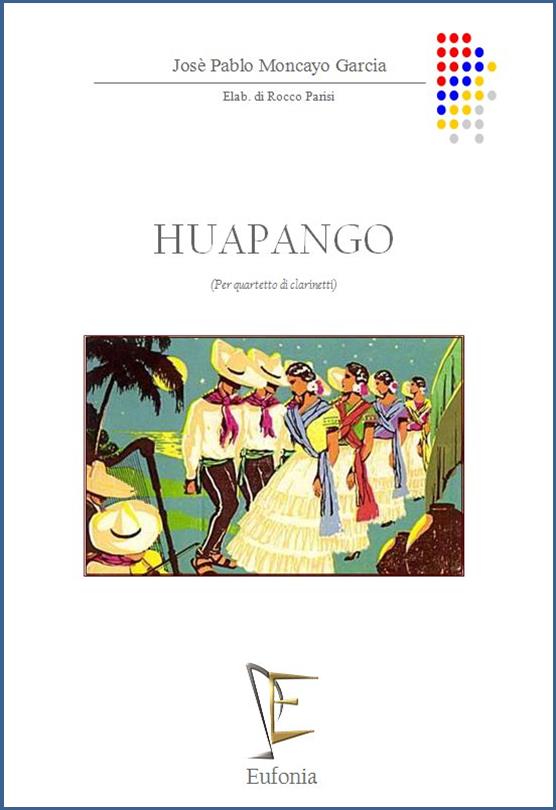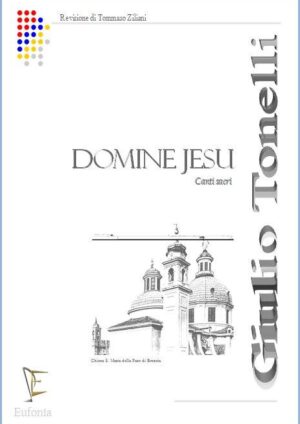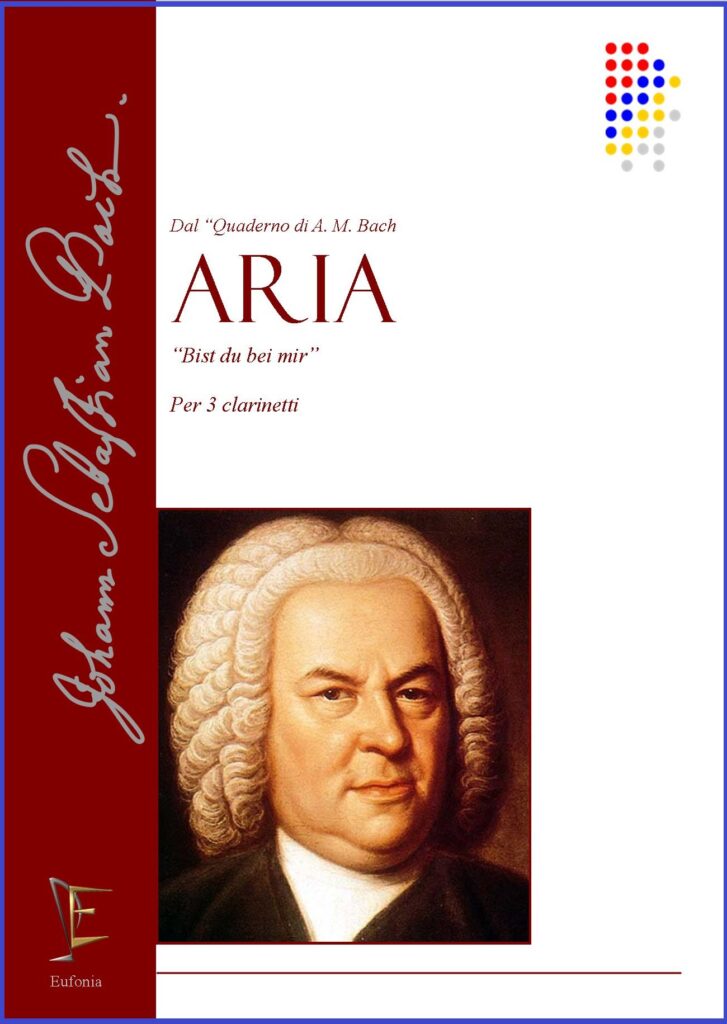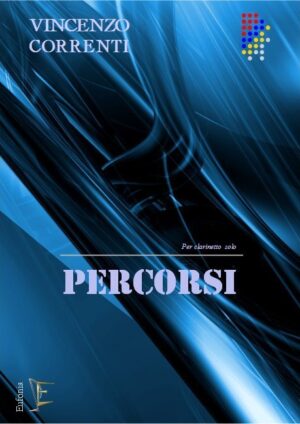HUAPANGO
Da: € 15,00
Descrizione
HUAPANGO
Composto nel 1941 da José Pablo Moncayo Garcia (1912-1958), Huapango è eseguito per la prima volta il 15 agosto dello stesso anno presso il Palacio de Belles Artes di Città del Messico dall’ Orchestra Sinfonica del Messico, sotto la direzione del Maestro Carlos Chavez.
Per questo brano Moncayo trae spunto dal folklore e dalle musiche tipiche di Alvarado, nello stato messicano di Veracruz, dove per la prima volta incontra una danza chiamata il “Huapango”.
Tre di queste danze, “el Siquisiri”, “el Balajú”, “el Gavilancito”, caratterizzano e sono alla base del lavoro dell’autore che da così vita ad un pezzo polivalente di grande impatto e grande forza musicale.
Il guiro, i sonagli, il tamburo utilizzati nell’elaborazione per quartetto di clarinetti sottolineano quella vivacità e quella freschezza chiaramente avvertite e volute da Moncayo.
________________
Composed in1941 by José Pablo Moncayo Garcia (1912-1958) Huapango had its world premiere on 15th august of the same year in the Palacio de Belles Artes of Mexico city with the Mexican Simphony Orchestra directed by Carlos Chavez.
Moncayo gets inspiration for this piece by typical and folk music of Alvarado, in the Mexican state of Veracruz, where he listens for the first time a dance called “Huapango”.
Three of these characteristic dances “El Siquisiri”, “El Balaju”, “El Gavilancito” characterize this piece and are fundamental for the author’s work who created a masterpiece of great impact and great musical power.
The guiro, the rattles and the drum utilized in the elaboration for clarinet quartet highlight the sprightliness and the freshness clearly felt and wanted by Moncayo.
Informazioni aggiuntive
| Autore | |
|---|---|
| Versione | Cartaceo + PDF, Cartaceo, PDF |

